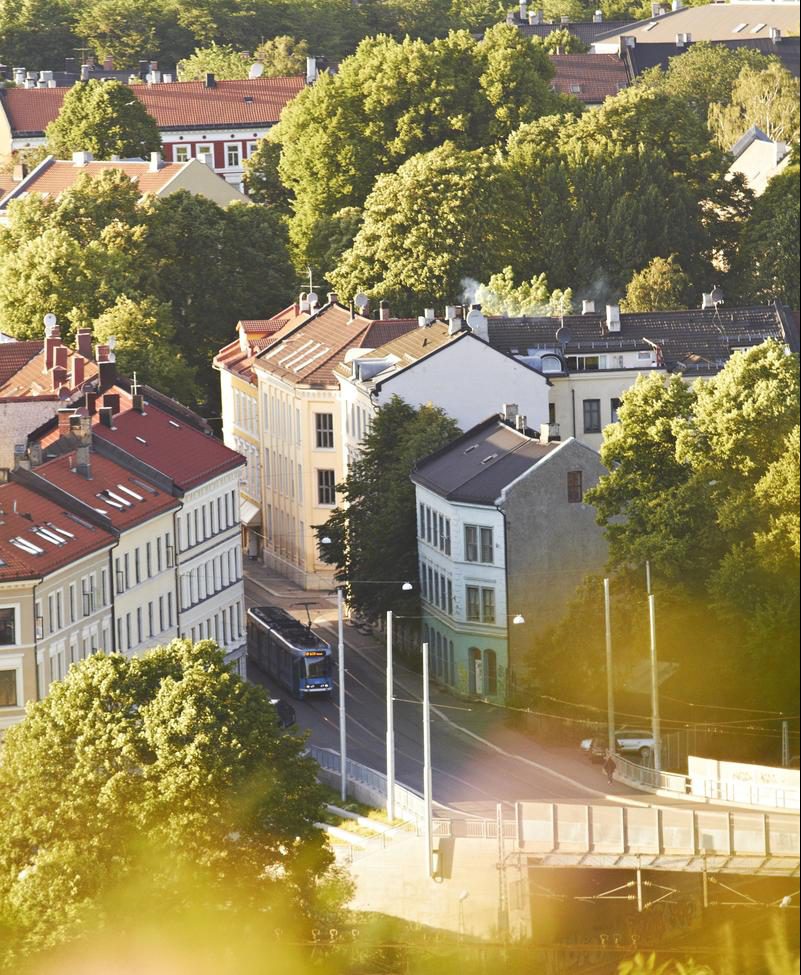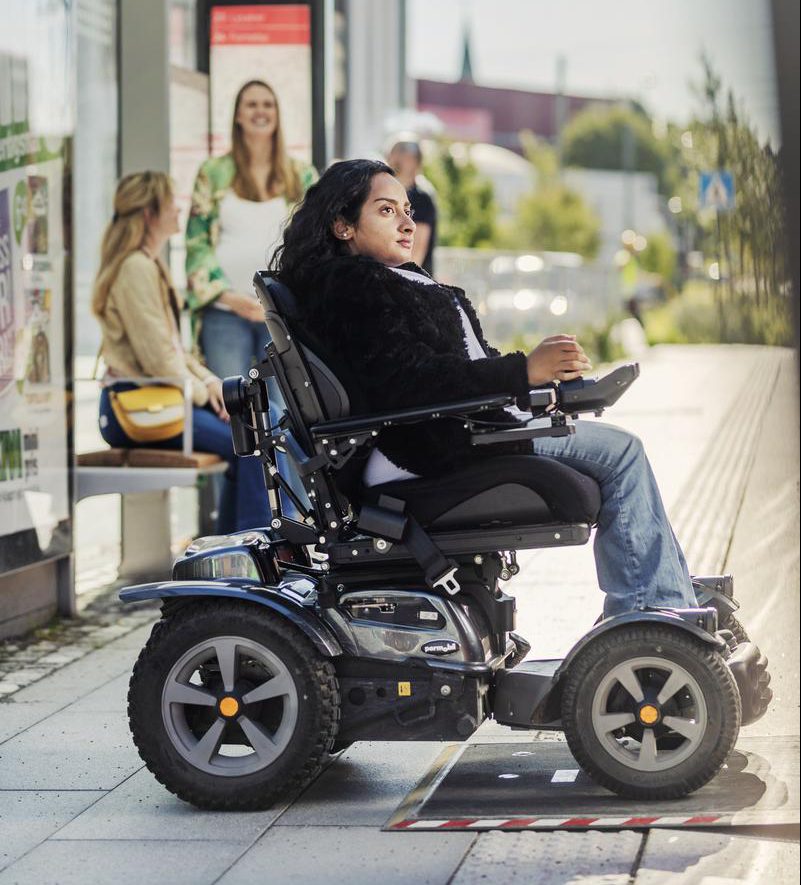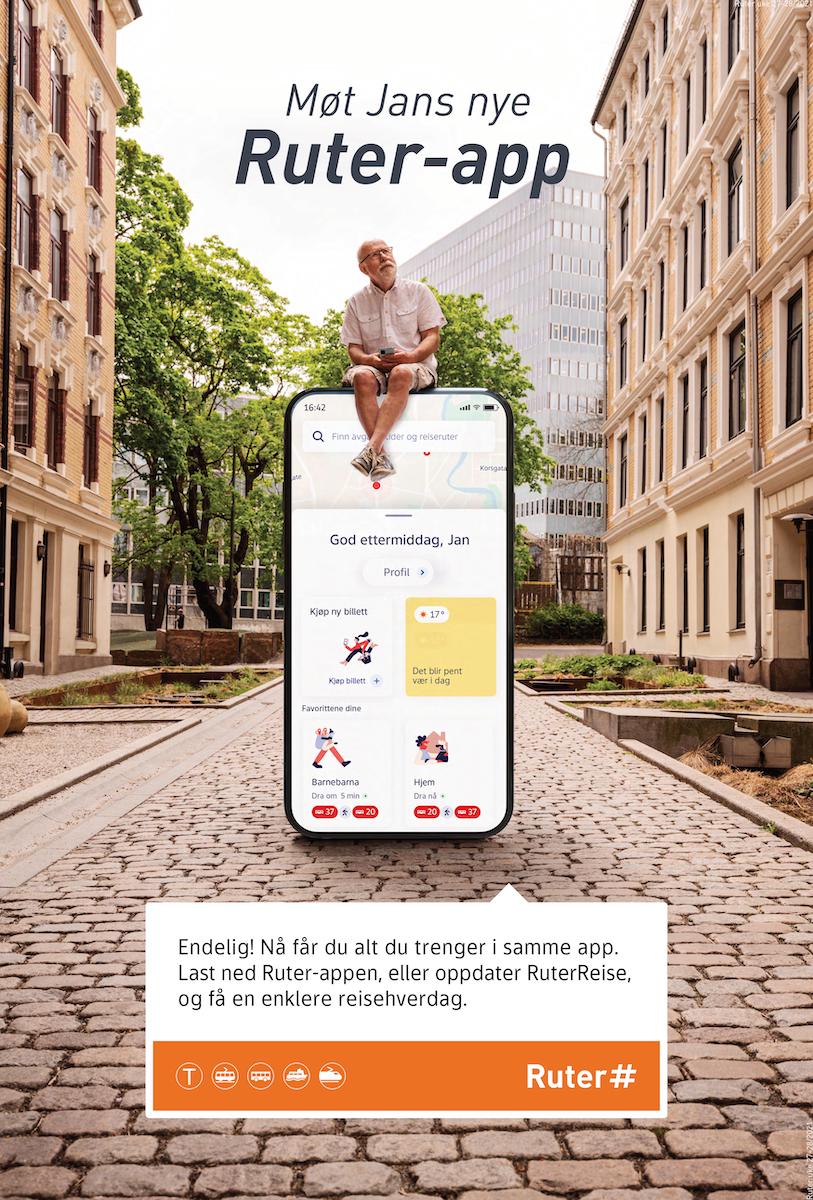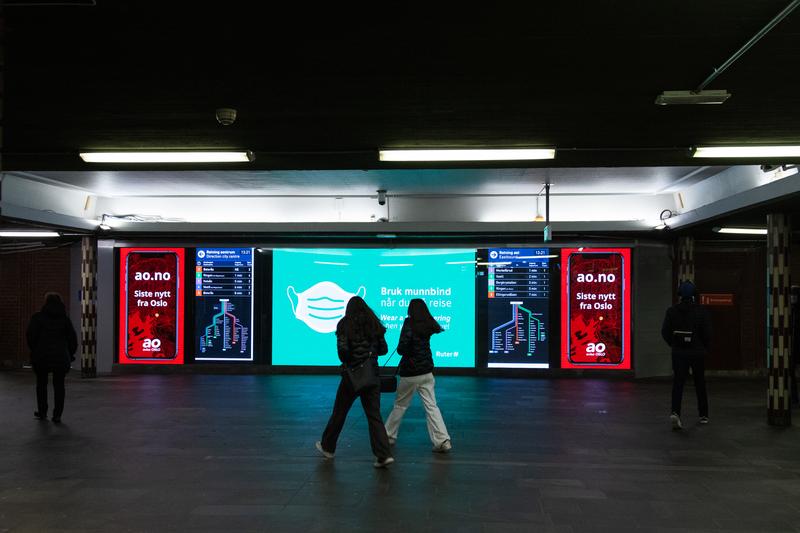More people travel less than they did previously
Missing block blob_hero
Ruter has met its societal obligations for another year of the pandemic
We have spent 2021 working towards a transport system that is more sustainable, attractive and useful than the one we left in 2019. As we go into 2022, it is with great commitment and desire to help our customers retain the greener habits that they acquired during the pandemic.
Many journeys are taken at other times and peaks have been flattened
More people walk and cycle than previously
More people work from home and have more flexibility in everyday life
From the new normal to a better normal
Throughout 2021 we were looking for the new normal. We still do not know what it will look like. What we do know is that Ruter aims to create a better normal after the pandemic. Which means we have to listen to our customers.
2021 was unpredictable and proved to be far more challenging than the previous year. Not because our obligations had changed, but because the whole situation had become more unpredictable than ever. Infection rates performed continuous U-turns. This was combined with great uncertainty about the financing and continuation of our service offering as it was.
Now we have reached a phase of the pandemic where we can finally start looking to the future. We are entering a new and possibly more demanding phase: the transitional phase. Our aim is to create a transport system that is more sustainable, attractive and useful to society than the one we left behind in 2019.

Good for everyone
Ruter cannot have a situation in which disabled people opt out of travelling by public transport because they face too many obstacles. That is why we need to change. We have to be able to offer sustainable freedom of movement – to everyone.
From 2021, increased freedom of movement for the disabled will be one of Ruter’s most important strategic priorities.

A personal travel experience
In 2021, we launched our new app – it is our most important interface with customers and a major step on the road to a unified user experience across all of Ruter’s digital channels.
We live in an area with everything from museums, vintage shops and sausage stalls to fjords, fields and fishing lakes. An area with the 13 tram to Skøyen, Tier to Greenland and the 565 bus to Myklerud. Ruter has a mandate to make public transport – in combination with cycling and walking – a natural first choice. With the new Ruter service, we want to provide exactly what is needed for people to unlock Oslo and Viken. A service that promotes seamless mobility for everyone who lives here, moves here or visits.

Working from home has changed our habits
The pandemic resulted in big changes in the mobility market in 2021. Many customers used their cars more, fewer people travelled on public transport and many chose to work from home. Ruter is working to reverse the trend of using cars to allow us to achieve regional and national climate goals.
Making the population travel as much as possible is not a goal in itself. Neither do we necessarily want to return to the traffic flow as it was before the pandemic. Reducing overall travel activity is good for society. This may lead to lower emissions, less pressure on infrastructure and better accessibility. The goal is to increase green mobility at the expense of vehicular traffic.
